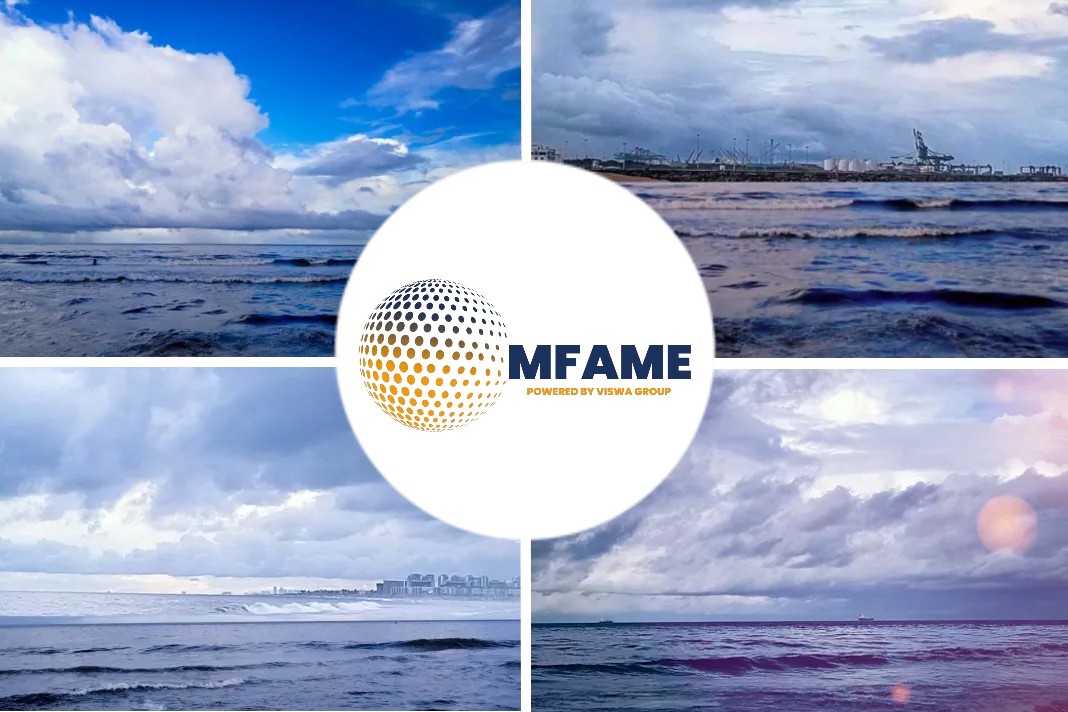- MFMs cement Singapore’s position further as reliable port
- Successful MFMs implementation requires appropriate regulatory framework
- Embracing digitalization necessary to bring more transparency
The bunker industry’s adoption of mass flow metering technology has ushered in an era of transparency but cleaning up the industry’s reputation will require other concerted efforts and innovative solutions too, market sources said, says an article published on sp global website.
MFM, A very effective tool
MFMs measure the flow rate in the pipe, gauging the quantity as well as the mass and density of the fuel.
The adoption comes as intensified competition worldwide has squeezed margins for some bunker players, making it challenging for them to compete on price, quantity, and quality, while also achieving environmental and safety standards.
“Our experience as a physical supplier in Singapore over the last 15 years has been positive mostly thanks to the strong presence of the MPA [Maritime and Port Authority of Singapore],” Timothy Cosulich, chief executive of Fratelli Cosulich, said on Dec. 29.
“The MFM is a very effective tool, provided there is a strong institution guaranteeing compliance. We hope that other ports will follow Singapore’s lead and we are confident that strong organizations such as IBIA can provide significant support to drive this process,” Cosulich added.
Which country first mandated the use of MFMs?
Singapore, the world’s largest bunkering port, mandated the use of MFMs for fuel oil deliveries from Jan. 1, 2017, and the use of MFMs for all distillate bunker deliveries from July 1, 2019 — moves that have cemented its position as a reliable port, where the accuracy of delivered tonnage is ensured.
The city-state in October 2020 also launched two new bunkering standards — Singapore Standard 660: 2020 and Technical Reference 80: 2020 — to enhance quality assurance and confidence in the bunker supply chain.
MFMs do an excellent job of precisely measuring quantity when properly used under appropriate conditions, Tyler Baron, CEO of Minerva Bunkering, said at an industry event organized by S&P Global Platts this month.
In Singapore, the reason the system works relatively well is not only because of MFMs alone but also because of the framework in which they are used, Baron said.
Disciplined approach
In addition to MFMs, it is also imperative to have an appropriate regulatory infrastructure and enforcement mechanism, industry sources said. Singapore, for its part, has weeded out a number of players for irregularities related to MFMs.
Adoption of MFMs without a proper framework introduces ambiguity related to certifying calibration of the meters, inspecting seals, ensuring there is no recirculation piping after the MFM, using MFMs appropriately to avoid the introduction of aeration or the use of magnets, arbitrating disputes upon inappropriate use, and punishing errant players, Baron said.
MFMs definitely are among the key tools for the future to dispel the lack of trust and transparency shrouding the bunker industry, Kenneth Dam, global head of bunkering at TFG Marine, said at the same event.
MFMs are needed not only from a buyer’s and a trader’s perspective but also from a physical supplier perspective, he said.
“We are also a big buyer. We buy around 3 million mt of bunkers for our shareholders, so we have a vested interest in the suppliers and traders we are using that they have a good view [on the market] and are pushing for MFMs,” he added.
Embracing digitalization
Singapore is exemplary in terms of what needs to be done to aid transparency, Svend Stenberg Molholt, group COO at Monjasa, said.
“MFM is one ingredient but that can also be misused … We definitely support markets that are regulated and aligned to this [use of MFMs], but building trust needs a lot of different initiatives,” he said, adding that embracing digitalization was one way of enhancing transparency.
Minerva Bunkering, for example, in February said it was launching its Advanced Delivery Platform service in the ARA, Fujairah and Singapore markets.
The integrated hardware and software solution facilitates seamless operations onboard and provides insight into all attributes of the bunkering transaction, viewable in real-time and from anywhere via the ADP Online customer portal, it said at the time.
Did you subscribe to our daily newsletter?
It’s Free! Click here to Subscribe!
Source: sp global














